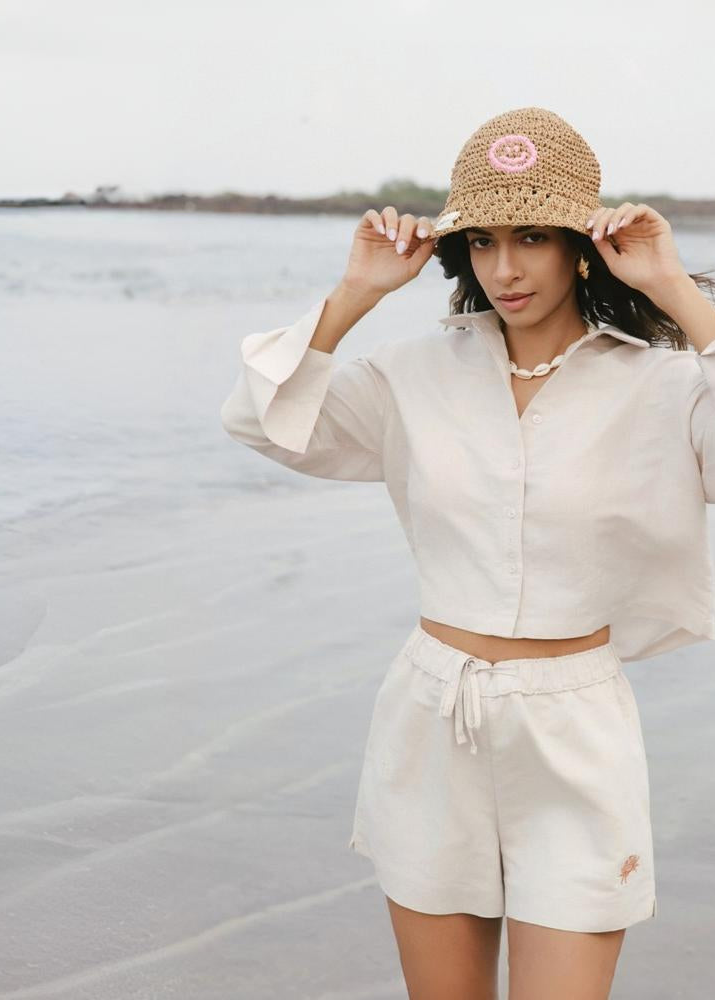
A silver lining of the pandemic has most definitely been the increase in consumer consciousness. The Fashion Revolution that was started as a protest against the Rana Plaza tragedy has over the past year gained momentum, resulting in a rise in thrifting, sustainable e-commerce and social media activism. But is this just another Gen Z trend, or could it redefine the future of fashion?
When millions of people lost their jobs in the last year, the ugly truth of the fast fashion industry came into the limelight- brands not paying up their garment workers and imposing harsh working conditions with no guaranteed safety. This called upon an urgent need for ethical fashion, which consumers expressed openly. A number of studies conducted over the past few years have shown that 65-70% of consumers under the age of 35 around the world declared that they would choose brands based on their ethical practices. A 2016 Morgan Stanley Research survey also found that a majority of young consumers hold ethical credentials an important aspect of brand sustainability.
“As the millennial generation gains purchasing power, their high expectations that businesses will operate in a sustainable manner could have a big influence on shopping trends.” (McKinsey, 2016)

As tempting as the arrival and departure of fast fashion trends are, consumers are realizing the inherent problems like mass overproduction of clothes, which in a span of few months ends up in landfills, harming the environment and surrounding biodiversity. This has been reflected in market decisions- for instance, 46% consumers over the world say that helping the environment is more important to them, as a result of which they would rather buy clothes from companies that are eco-friendly. Millennials and Gen Z particularly care about slow fashion and want to tackle this issue by holding unethical brands accountable, so much so that they are even willing to pay more money for sustainable fashion alternatives. While some might say that this is just because sustainability is trending, consumers who have made these commitments come from middle-income economies where the risk of environmental disaster can be felt more immediately.
Apart from buying decisions, younger generations have also been engaging in various forms of activism like participating in the #PayUp campaign, raising awareness about the harmfulness of fast fashion, challenging “fast fashion hauls” with slow fashion and re-wear moments, and much more. The main reason why sustainable and eco-friendly clothing is getting more attention now is because of how social media is being used to educate, share garment workers’ stories, call out brands, influence people’s buying and styling choices. This is not a month or two long engagement, but a consistent effort. Greenpeace’s campaign to detox fashion managed to successfully attract over 400,000 supporters.
At the same time, various kinds of resources are also now available like podcasts, books, blogs, eco beginners guides, guides to sustainable fashion, webinars and workshops that provide any and every information related to the sustainable fashion sphere.
67% of consumers consider the use of sustainable materials to be an important purchasing factor, and this is good news because there are a plethora of businesses, both small and big, that cater to these conscious needs. However, this is not a trend limited to the pandemic because surveys conclude that more than 60% of consumers spent less on fashion during this time, and half of them have the intention of continuing this habit even after the crisis passes. Overall, consumers are eager to cut back on not just clothing but also jewellery, accessories, footwear and other fashion related categories. Many brands that were previously caught guilty of their unethical and unsustainable practices are now committing to overall sustainability across their production houses and supply chains.
Organizations are investing heaps of money to produce eco-friendly alternative fibres, industry-certifications are becoming common, and brands are moving towards transparency.
This show that sustainable fashion has huge scope, and the fact that consumers and brands have both committed to planet-friendly ways of production and consumption, makes it clear that sustainability in fashion is far from being just a trend.
Author: Mahima Hazarika



















Leave a comment
This site is protected by hCaptcha and the hCaptcha Privacy Policy and Terms of Service apply.